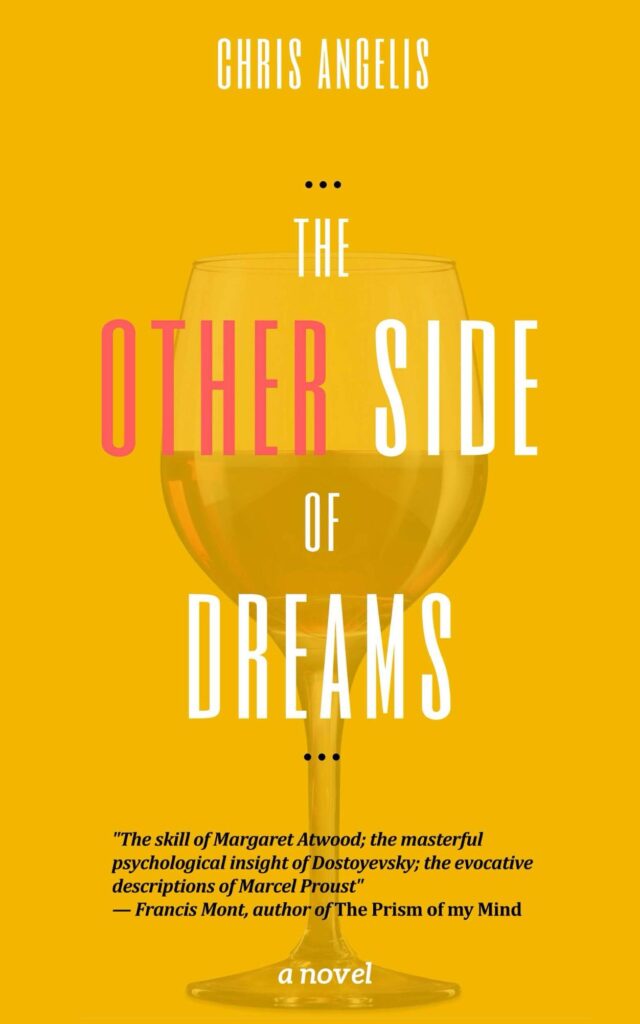I recently read The Emperor’s New Mind, by Roger Penrose, and a small part of it describes the (in)famous Turing test. In simple terms, it’s a process where a machine (typically a computer) can demonstrate intelligence (and, some would argue, consciousness) enough to be indistinguishable from a human’s. With such intelligent and mature – cough, cough – artificial intelligence models like the ones we have today, the hilarious idea materialized: I should stage a ChatGPT vs Gemini Turing test!
Both Alan Turing himself and Penrose in his book expected future computers to be able to pass the test. Turing referred to a 30% success rate by the year 2000, whereas The Emperor’s New Mind, published in 1989, mentions the year 2010. In any case, to me it seems Turing would certainly assume a large language model like ChatGPT or Google’s Gemini to pass the test.
I mean, it almost feels like magic: You ask it questions and it answers, seemingly “like a human”. Artificial intelligence can be an amazing tool – also for writers. But the whole concept behind a Turing test is to “unmask” artificiality. In other words, you only need one type of question to blow the computer’s cover.
And that’s what happened here. Hilariously, with the help of another computer!

